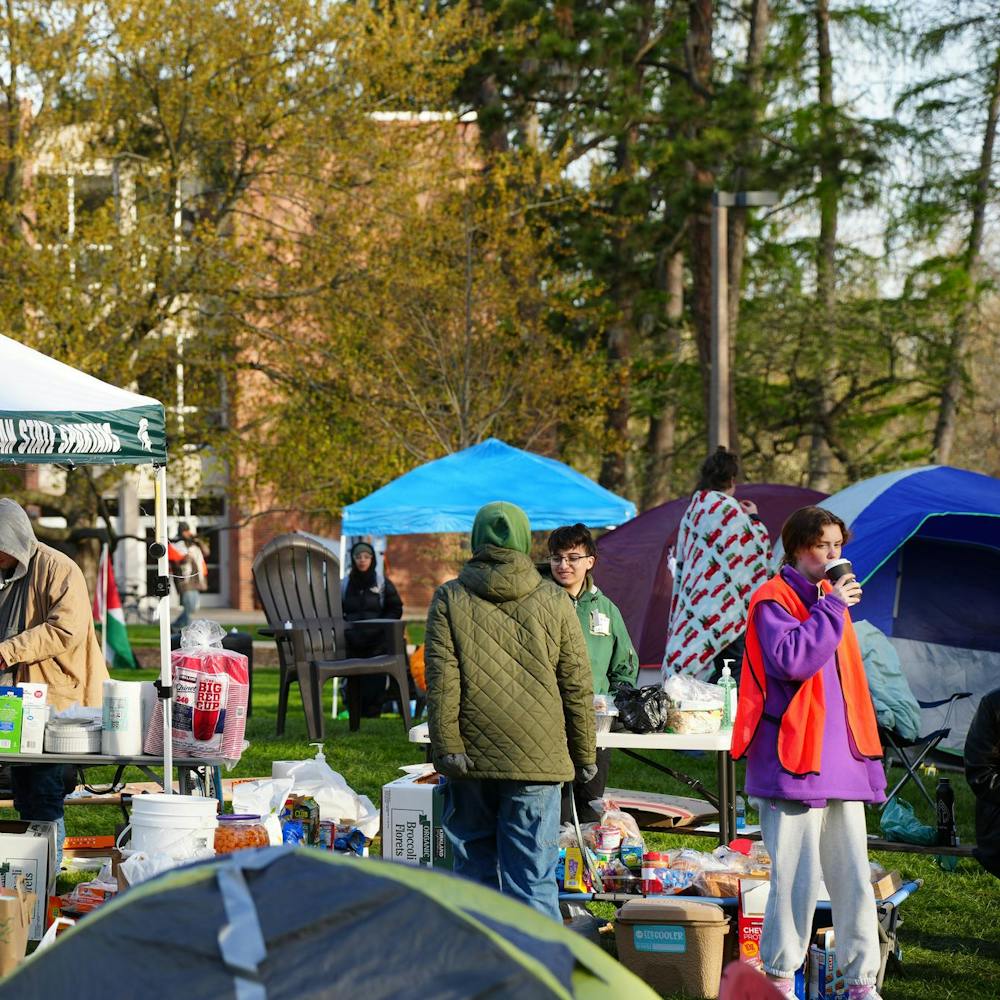On Robert Zeeb’s farm in Bath Township, there are the usual fields and barns, but throughout the years the property has become more than a place for crops to grow.
The DeWitt farmer has been one of several local landowners to enlist the aid of agencies such as the Ingham Conservation District and the U.S. Fish and Wildlife Service to convert farmland to its original wetland state.
The federal agency has restored land for more than a decade, slowly getting the word out to interested landowners, said Tom Eitniear, wildlife biologist for the Fish and Wildlife Service.
“The demand is there,” he said. “We don’t actively promote the program like we should, simply because we don’t have the people to really do all of them.”
The agency relies on word-of-mouth advertising, but those interested have found their way to him, Eitniear said.
“Typically the way it works is the landowner will find out about our program, and they say ‘Gee, I’ve got this spot on my property,’ maybe it’s low and it holds water part of the season,” he said.
The process involves a readjustment of the water levels followed by the restoration of the native plant communities, which can come naturally because of seed banks present in the soil.
Exotic species present the biggest challenge for restorationists in the yearlong process, said Susan Tangora, executive director of the Ingham Conservation District.
“We are seeing many invasive species start to degrade, like reed canary grass and purple loosestrife,” she said. “There’s quite a bit of work in trying to keep those species out of an area.”
The process is becoming a progressively more important role in conservation, even prompting a class - Fisheries and Wildlife 443, Restoration Ecology - said Kelly Millenbah, professor of the course.
“(Restorations) have been out in the forefront actually for quite a while,” she said. “But in the past five years there’s been a much greater push.”
But, restorationists should keep in mind there are more hurdles than just exotic species, Millenbah said.
The idea of restoring a piece of property to its original state is tougher and can last longer than agencies make it seem, Millenbah said.
“One of the things we fail on is that we don’t go back and see if we met our objectives,” she said. “People may have met those objectives but five years later they don’t know if it’s still doing well.”
For the biologists doing the work, the criticisms remain on the fringe.
The idea is not to exactly copy the original state of the earth but to make it a bit more natural than it had been.
“We may not restore it to original capacity,” Tangora said. “But we can get good habitat for animals.”






